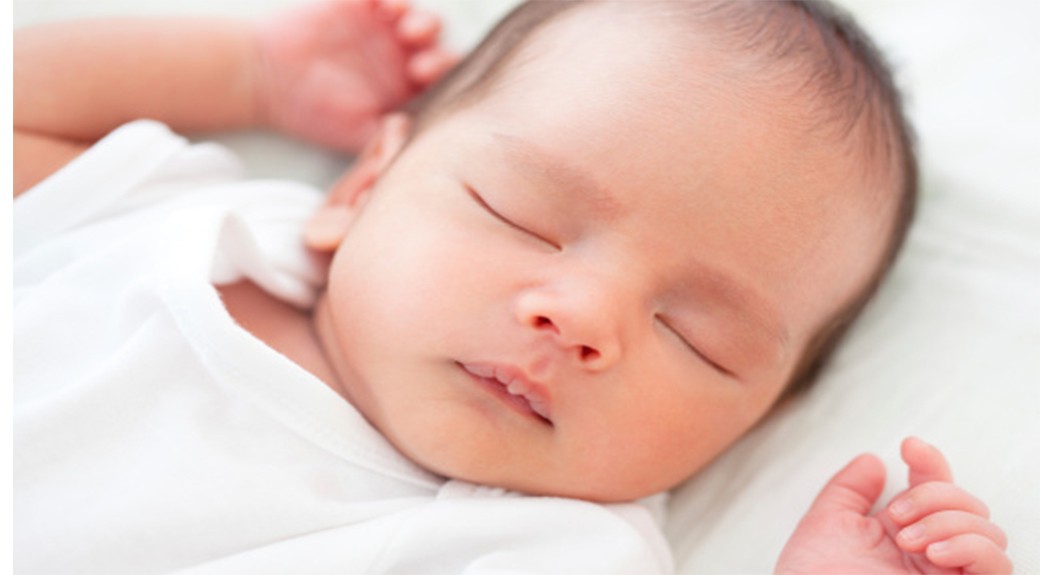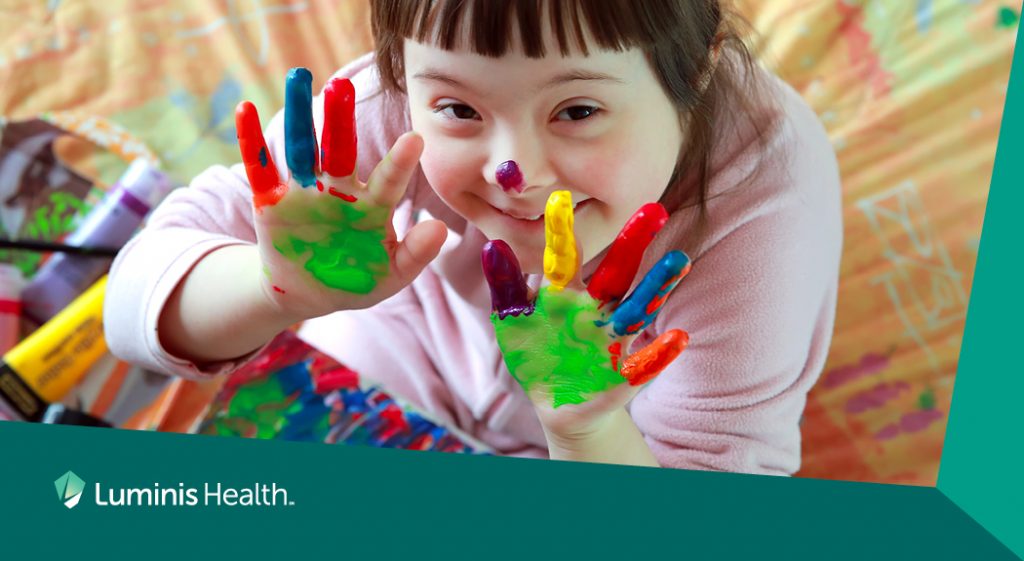Sleep-related deaths claim about 3,500 infants each year in the U.S., according to the American Academy of Pediatrics (AAP).
Locally, we have seen an increase.
In 2016, eight infants died in Anne Arundel County as a result of unsafe sleeping practices. This is up from two deaths in 2015 and three in 2014, according to statistics from the Anne Arundel County Department of Health.
Health department officials say all deaths were linked to unsafe sleeping practices, such as infants sharing a bed or sleeping under blankets.
But you can take steps to prevent this type of tragedy by being mindful of how you put your baby to sleep, using the right sleep surface and avoiding bed sharing.
Know your ABCs
AAP urges all caregivers to follow the ABCs to make sure babies are sleeping safely.
Always place your infant to sleep alone, on his or her back, and in a crib or bassinet with a firm surface.
“If you don’t do anything else follow the ABCs,” says Debbie Wasem, supervisor of Women’s Education for AAMC.
Wasem says experts used to tell parents to place babies to sleep on their stomachs, believing that if the infants were choking or throwing up, there would be less chance of suffocation. But that’s not true.
“When you look at the anatomy of a newborn it makes sense to place babies on their backs,” she says.

Source: The Eunice Kennedy Shriver National Institute of Child Health and Human Development
Use a firm sleep surface
You should place your baby to sleep on a firm sleep surface, covered by a fitted sheet, with no other bedding, pillows or toys, to reduce the risk of suffocation. Soft mattresses, including those made from memory foam, could increase the chance of rebreathing in carbon dioxide or suffocation if the infant rolls over.
Use the right crib
You should look for cribs with slat spacing less the 2 3/8 inches, snug fitting and firm mattresses, and no drop sides. You should not use a crib with missing hardware. Experts also caution against the use of bumper pads in cribs. Maryland banned the sale of these items in 2013.
Be careful with swaddling
If you swaddle your infant, you should always put the baby to sleep on his or her back. You should stop swaddling once the infant shows signs of trying to roll over. Big bulky blankets could also potentially cover an infant’s face leading to breathing problems, Wasem says.
Consider using a pacifier
Several studies indicate a pacifier may reduce the chances of a sleep-related death, though it’s unclear why. You should use a pacifier when putting the baby to sleep. Never hang a pacifier around an infant’s neck. You should also wait to use a pacifier until breastfeeding is well established.
The National Institute of Child Health and Development broke down some of the studies here.
Infants should sleep close to your bed — but not in it
There is evidence that sleeping in the parents’ room – but on a separate surface – decreases the risk of sleep-related deaths by as much as 50 percent.
“One of the big things mothers say is ‘when I breastfeed, it’s so much easier to have the baby right next to me,’” Wasem says. “We tell them have the crib or bassinet right beside your bed so you can easily reach the baby for feedings. That is safer than risking falling asleep with the baby in bed with you.”
Learn more about how to care for the new addition to your life at AAMC’s Newborn Care class.




